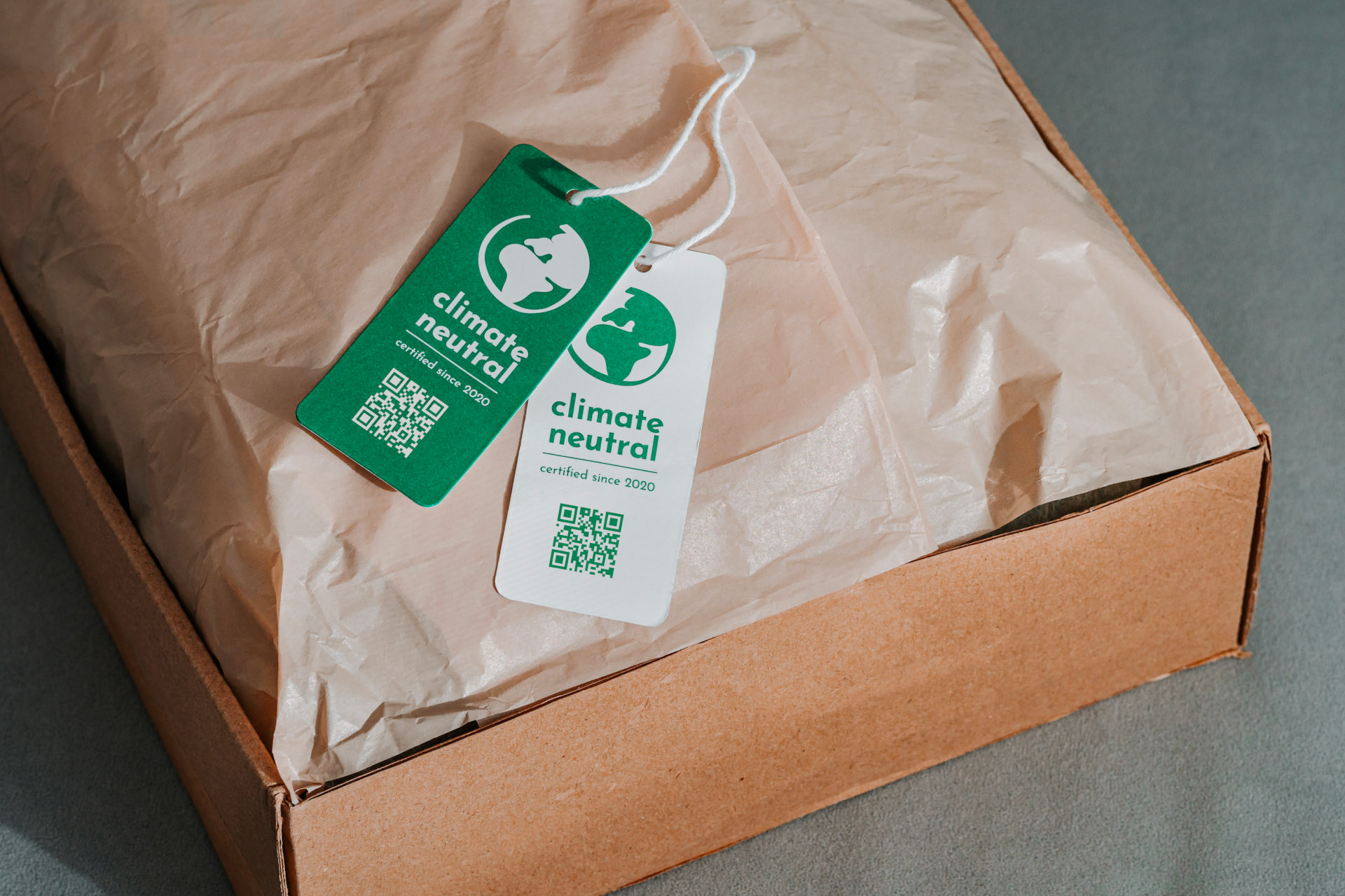In today’s landscape, consumers, businesses, and governments have all intensified their focus on minimizing environmental impact. This shift is reshaping various industries, including those not traditionally associated with sustainability.
Because of this, the industrial and manufacturing sectors have often been overlooked in discussions about eco-friendly practices, leaving them in the dark about sustainable supply chains. Regardless, embracing this shift is essential to meet the growing demand for environmentally responsible solutions.
Here are four things industrial and manufacturing industries need to know about developing sustainable packaging and supply chains.
- Stakeholder influence shapes your decisions
If your clientele includes OEMs or other major original equipment manufacturers, it’s highly likely that they exert a strong influence on how products are packaged and transported. Frequently, they provide formal packaging guidelines that are part of contractual agreements, which can require specific material types and quantities. In some instances, they may even mandate the use of their branded, reusable packaging. Although not all companies enforce such stringent requirements, customer packaging stipulations can impact the environmental sustainability of your supply chain.
- Developing green supply chains is a team effort
In the intricate web of supply chain dynamics, the lower your company stands in the hierarchy, the less sway you may have over packaging choices. Green packaging is far from a straightforward endeavor, and in a multifaceted supply chain with numerous stakeholders, collective commitment is necessary. Initiatives to foster sustainability should originate from top-tier decision-makers and trickle down. Strategies for achieving this include:
- Establishing a coalition of supply chain stakeholders to deliberate and implement green practices.
- Incorporating environmental performance objectives into a company’s brand and organizational goals.
- Encouraging customers to include environmental performance criteria in contractual packaging mandates.
- Green goes beyond packaging materials
In cases where you have limited control over material selection, there are actions you can take to minimize environmental impact. Measures such as optimizing cube space and heightening precautions to prevent product damage during transit can yield significant benefits. Moreover, maintaining records of all received and utilized materials can minimize packaging waste
- Cost is king
In the world of packaging decisions, cost has the most influence. Stakeholders will be more likely to choose eco-friendly packaging if they can see a positive impact on their bottom line. That’s why it’s essential to recognize that the “cheapest” solution doesn’t always translate to long-term cost savings, nor is it necessarily the most environmentally responsible choice. The optimal packaging design strikes a balance between cost-effectiveness and environmental sustainability.
In our commitment to sustainable practices, we specialize in crafting green packaging solutions that not only enhance operational costs for our clients but also reduce environmental footprint. If you’re eager to delve deeper into the realm of sustainable supply chains or explore ways to embrace eco-friendliness, please don’t hesitate to reach out to us. Your journey towards a greener future begins here.

